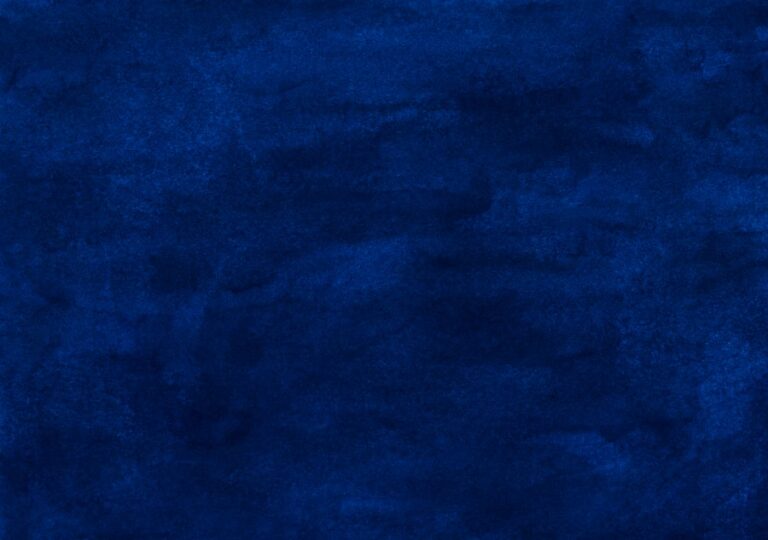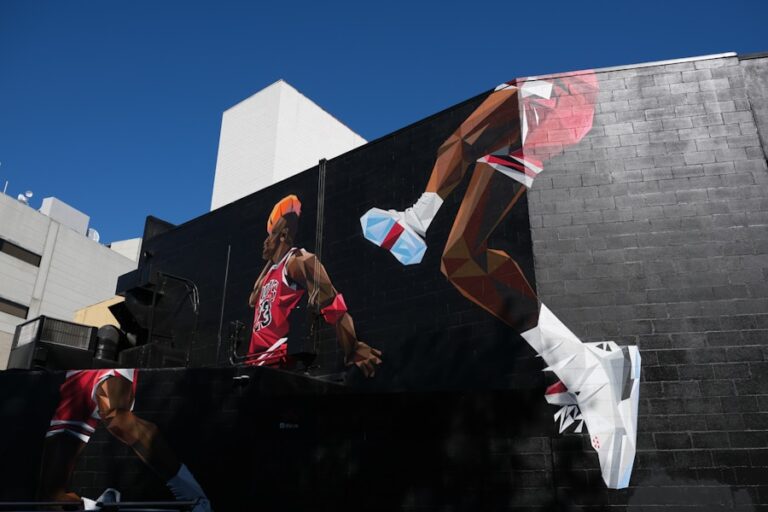From Beginner to Pro: The Best Digital Art Courses You Can Take Online
Digital art is a form of artistic expression that utilizes digital technology as a medium. It encompasses a wide range of artistic styles and techniques, including digital drawing, painting, illustration, and character design. With the advancement of technology, digital art has become increasingly popular and accessible to artists of all levels. The use of digital tools and software allows artists to create stunning and intricate pieces of art with ease and precision. Digital art has also opened up new possibilities for collaboration and sharing, as artists can easily share their work online and connect with other artists from around the world.
Digital art has also become an integral part of various industries, including advertising, entertainment, and gaming. It is used to create visual effects, concept art, and character designs for films, television shows, and video games. The versatility and flexibility of digital art make it a valuable tool for artists looking to explore new creative possibilities and reach a wider audience. Whether you are a seasoned artist looking to expand your skills or a beginner looking to explore the world of digital art, there are endless opportunities to explore and create within this exciting medium.
Understanding Digital Art Tools and Software
One of the key components of digital art is the use of digital tools and software. These tools allow artists to create, manipulate, and enhance their artwork in ways that were not possible with traditional mediums. Some of the most popular digital art tools and software include graphic tablets, digital painting software, and 3D modeling programs. Graphic tablets are essential for digital drawing and painting, as they allow artists to draw directly onto a digital canvas with a stylus pen. Digital painting software, such as Adobe Photoshop and Corel Painter, provide a wide range of brushes, textures, and effects that can be used to create stunning digital artwork.
3D modeling programs, such as Blender and Autodesk Maya, are used to create three-dimensional models and animations. These programs are commonly used in the creation of digital art for animation and games. Understanding how to use these tools and software is essential for any digital artist looking to create professional-quality artwork. There are many resources available online, including tutorials and forums, that can help artists learn how to use these tools effectively. By mastering these tools and software, artists can unlock their full creative potential and bring their artistic visions to life in the digital realm.
Mastering Digital Drawing and Painting Techniques
Digital drawing and painting are fundamental skills for any digital artist. These techniques allow artists to create detailed and expressive artwork with precision and control. When it comes to digital drawing, artists must learn how to use graphic tablets effectively to create smooth lines and accurate shapes. Understanding concepts such as line weight, perspective, and composition is essential for creating compelling digital drawings. Digital painting involves using various brushes, textures, and blending modes to create realistic and dynamic artwork. Artists must learn how to use layers effectively to build up their paintings and make adjustments as needed.
Mastering digital drawing and painting techniques takes time and practice, but the results can be truly stunning. There are many resources available online that can help artists improve their skills, including tutorials, workshops, and online courses. By studying the work of other digital artists and experimenting with different techniques, artists can develop their own unique style and approach to digital drawing and painting. Whether you are interested in creating realistic portraits, vibrant landscapes, or imaginative illustrations, mastering these techniques is essential for creating professional-quality digital artwork.
Exploring Digital Illustration and Character Design
Digital illustration and character design are popular areas of focus within the world of digital art. Illustration involves creating visual representations of ideas, concepts, or narratives using digital tools and techniques. It is commonly used in advertising, editorial design, and children’s books. Character design involves creating original characters for use in animation, games, or storytelling. Both illustration and character design require a strong understanding of form, color theory, and storytelling.
When it comes to digital illustration, artists must learn how to use composition, lighting, and color to create compelling visuals that communicate a specific message or emotion. Understanding how to use different brushes, textures, and effects is also essential for creating unique and engaging illustrations. Character design involves creating original characters with distinct personalities, traits, and visual appeal. Artists must consider factors such as silhouette, proportion, and expression when designing characters for animation or games.
Exploring digital illustration and character design opens up a world of creative possibilities for artists looking to tell stories or bring their ideas to life. There are many resources available online that can help artists improve their skills in these areas, including tutorials on composition, color theory, and character design. By studying the work of other illustrators and character designers, artists can gain inspiration and insight into how to create compelling visuals that resonate with audiences.
Advanced Digital Art Techniques and Styles
As artists become more proficient in digital art, they may want to explore advanced techniques and styles to further develop their skills. Advanced digital art techniques can include things like photo manipulation, matte painting, 3D modeling, and animation. Photo manipulation involves combining multiple images to create a new composition or visual effect. Matte painting is used in film and television to create realistic backgrounds or environments using digital painting techniques. 3D modeling allows artists to create three-dimensional objects or characters that can be used in animation or games.
Animation is another advanced area of digital art that involves bringing still images to life through movement and storytelling. Artists must learn how to use timing, pacing, and character animation to create compelling animated sequences. When it comes to exploring advanced styles in digital art, artists may want to experiment with different genres or aesthetics that push the boundaries of traditional art forms. This could include things like surrealism, abstract art, or hyper-realism.
By exploring advanced digital art techniques and styles, artists can expand their creative horizons and develop new skills that can be applied to various projects. There are many resources available online that can help artists learn these advanced techniques, including tutorials on photo manipulation, 3D modeling, animation, and advanced painting techniques. By experimenting with different styles and techniques, artists can find new ways to express themselves creatively within the digital realm.
Creating Digital Art for Animation and Games
Digital art plays a crucial role in the creation of animation and games. It is used to design characters, environments, visual effects, and user interfaces that bring these interactive experiences to life. When it comes to creating digital art for animation, artists must learn how to use storyboarding, character animation, background design, and visual effects to create compelling animated sequences. Understanding how to use timing, pacing, and movement is essential for creating engaging animations that resonate with audiences.
In the world of game design, digital art is used to create concept art, character designs, level designs, user interfaces, and visual effects that enhance the gaming experience. Artists must consider factors such as player interaction, game mechanics, and visual storytelling when creating digital art for games. Understanding how to use 3D modeling programs, texture mapping, and animation is also essential for creating assets that can be used in game development.
Creating digital art for animation and games requires a strong understanding of storytelling, visual communication, and technical skills related to animation or game development. There are many resources available online that can help artists learn these skills, including tutorials on character animation, level design, user interface design, and visual effects. By studying the work of other animators and game artists, artists can gain insight into how to create compelling visuals that enhance the interactive experiences of animation or games.
Building a Professional Portfolio and Career in Digital Art
For artists looking to pursue a career in digital art, building a professional portfolio is essential for showcasing their skills and attracting potential clients or employers. A professional portfolio should include a selection of your best work that demonstrates your skills in various areas of digital art. This could include things like digital drawings, paintings, illustrations, character designs, animations, or game assets.
When building a professional portfolio in digital art, it’s important to curate your work carefully to showcase your strengths as an artist. This could involve organizing your portfolio into different categories or themes that highlight your versatility as an artist. It’s also important to keep your portfolio up-to-date with your latest work so that potential clients or employers can see your most recent accomplishments.
In addition to building a professional portfolio, artists looking to pursue a career in digital art should also consider networking with other professionals in the industry. This could involve attending industry events or conferences where you can meet other artists or potential clients. It’s also important to stay active on social media platforms where you can share your work with a wider audience and connect with other artists or industry professionals.
There are many career opportunities available for artists in the field of digital art, including roles in animation studios, game development companies, advertising agencies, film production companies, or freelance work. By building a strong portfolio and networking with other professionals in the industry, artists can increase their chances of finding success in the competitive world of digital art.
In conclusion
Digital art is an exciting medium that offers endless possibilities for creative expression. Whether you are interested in creating stunning illustrations or designing characters for games or animation, there are many opportunities to explore within the world of digital art. By mastering digital drawing and painting techniques, exploring advanced styles and techniques, creating digital art for animation or games, and building a professional portfolio; artists can develop the skills needed to pursue a successful career in this dynamic field.
The use of digital tools and software has revolutionized the way artists create artwork by providing them with powerful tools that allow them to bring their artistic visions to life with precision and control. With the advancement of technology comes new opportunities for collaboration and sharing within the global community of digital artists.
Whether you are an aspiring artist looking to explore new creative possibilities or a seasoned professional looking to expand your skills; there has never been a better time to dive into the world of digital art. With dedication and practice; anyone can master the techniques needed to create stunning artwork that resonates with audiences around the world.
In conclusion; the world of digital art offers endless opportunities for creative expression; collaboration; networking; career development; personal growth; skill development; exploration; experimentation; innovation; storytelling; visual communication; technical mastery; artistic development; professional success; personal fulfillment; community engagement; global connection; cultural exchange; artistic diversity; creative freedom; artistic empowerment; technological advancement; creative exploration; artistic innovation; creative collaboration; artistic expression; creative storytelling; visual communication; technical mastery; artistic development; professional success; personal fulfillment; community engagement; global connection; cultural exchange; artistic diversity; creative freedom; artistic empowerment; technological advancement; creative exploration; artistic innovation; creative collaboration; artistic expression; creative storytelling; visual communication; technical mastery; artistic development; professional success; personal fulfillment; community engagement; global connection; cultural exchange; artistic diversity; creative freedom; artistic empowerment; technological advancement; creative exploration; artistic innovation; creative collaboration; artistic expression; creative storytelling; visual communication; technical mastery; artistic development; professional success; personal fulfillment; community engagement; global connection; cultural exchange; artistic diversity; creative freedom; artistic empowerment; technological advancement; creative exploration; artistic innovation; creative collaboration.
In conclusion: The world of digital art offers endless opportunities for creative expression,
collaboration,
networking,
career development,
personal growth,
skill development,
exploration,
experimentation,
innovation,
storytelling,
visual communication,
technical mastery,
artistic development,
professional success,
personal fulfillment,
community engagement,
global connection,
cultural exchange,
artistic diversity,
creative freedom,
artistic empowerment,
technological advancement,
creative exploration,
artistic innovation,
creative collaboration,
artistic expression,
creative storytelling,
visual communication,
technical mastery,
artistic development,
professional success,
personal fulfillment,
community engagement,
global connection,
cultural exchange,
artistic diversity,
creative freedom,
artistic empowerment,
technological advancement,
creative exploration,
artistic innovation,
creative collaboration,
artistic expression,
creative storytelling,
visual communication,
technical mastery,
artistic development,
professional success,
personal fulfillment,
community engagement,
global connection,
cultural exchange,
artistic diversity,
creative freedom,
artistic empowerment,
technological advancement,
creative exploration,
artistic innovation,
creative collaboration.
Creative collaboration is a process in which individuals come together to share ideas, insights, and expertise in order to generate innovative solutions and achieve common goals. It involves open communication, mutual respect, and a willingness to explore new possibilities. Through creative collaboration, diverse perspectives are combined to produce unique and impactful outcomes that may not have been possible through individual efforts alone. This approach fosters a sense of community and encourages the exchange of knowledge and skills, ultimately leading to the development of groundbreaking ideas and projects.






